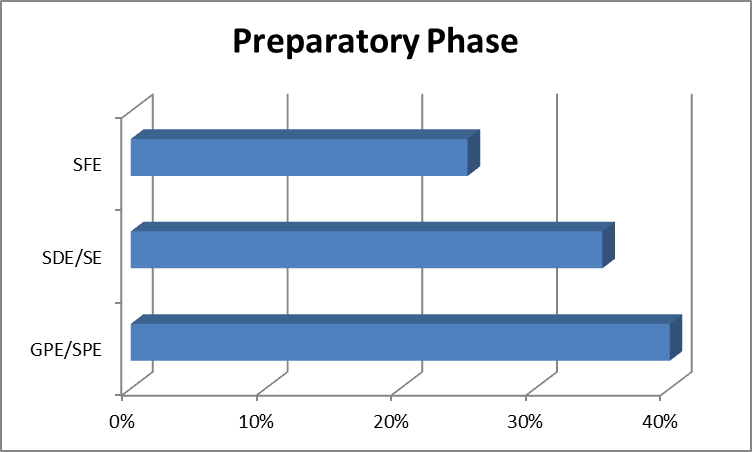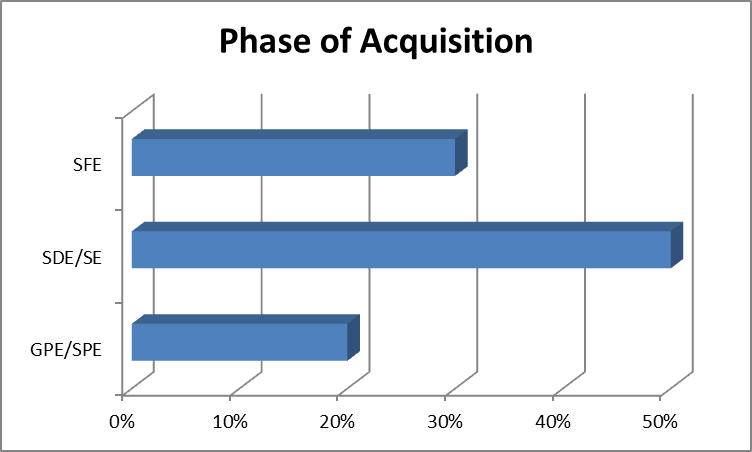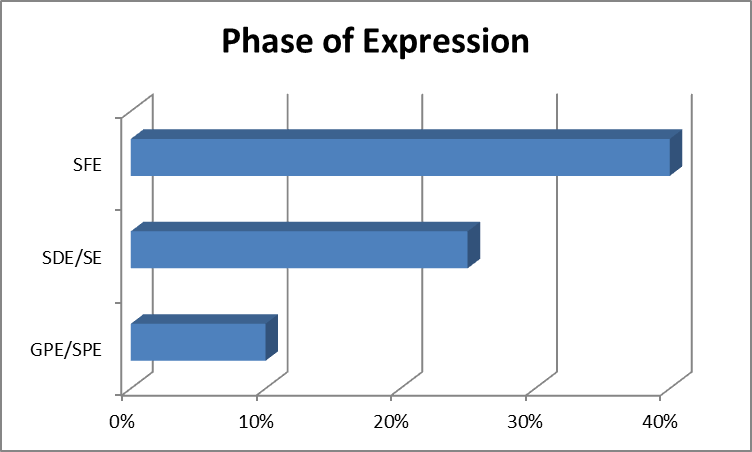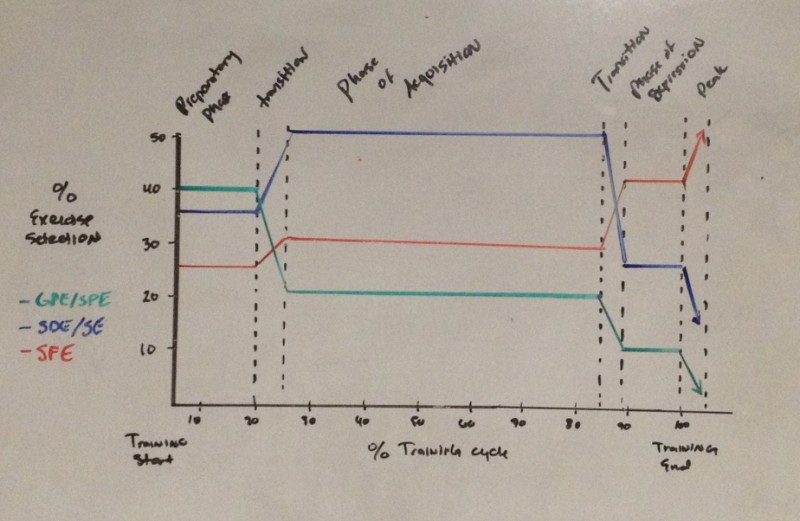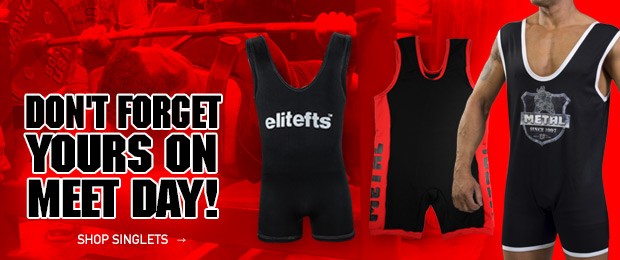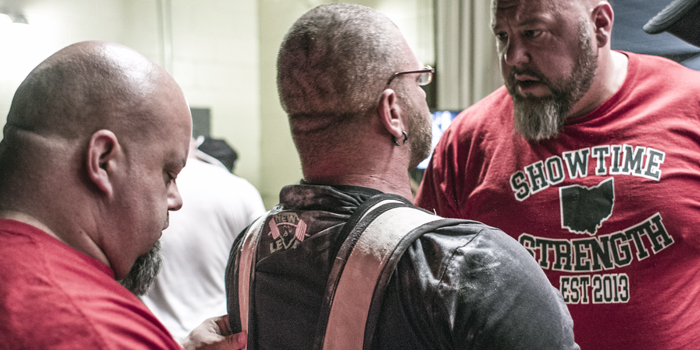
Programming economy is a concept that every strength athlete, regardless of their sport, should utilize. Essentially, it is the transfer of your training to your sport — how much carryover you are getting from the work you’re doing in the gym to your game day performance. I’m not going into sport-specific exercises here; I am merely breaking down a set of definitions and how they’re generally applied over a training period so you can use them in your own programming. These concepts, when applied correctly and sequentially, will ensure the best version of yourself possible shows up on game day to dominate the competition.
RELATED: 'Because Of' or 'In Spite Of': The Modes of Sport Preparatory Strategies
Let’s start with a couple of definitions to standardize our understanding of this concept of training economy. The experts in the field of exercise science (must smarter minds than mine) have different names and explanations for each definition listed, but I prefer Dr. Bondarchuk’s descriptions. I think they’re more in-depth and easier to understand, so I’ve used his definitions to base my descriptions.
- General Preparatory Exercises (GPE): Exercises geared toward the all-around development of the athlete1,2. These exercises will increase the general level of workability and coordination1. They also can serve as a form of restoration/recovery1.
Fancy name, nice definition, now what does it mean? The idea of GPE is to have you do activities or exercises that have no direct relationship to your sport. An example would be a competitive powerlifter going for a light jog or playing a few light pickup games of basketball.
- Specialized Preparatory Exercises (SPE): These general exercises do not repeat the competitive actions as a whole or in its separate parts1,2. They use similar muscle groups as the sporting actions while serving to increase the sports results that the competitive movements depend on.
Sounds even fancier, so what does this entail? The idea here is to perform exercises that use the same muscle groups as those applied in sport but used in a different way. An example of this would be a powerlifter performing sled drags. The powerlifter will never horizontally pull a load in competition, but they will perform flexion and extension of the hips, knees, and ankles in the sled drag as they would in a squat.
- Specialized Exercises (SE): These have a direct correlation to the sporting event1,2. They must replicate some aspect of the competitive event either via biomechanical structure, energy source, or range of motion that strength or sport is displayed1,2.
This is where things start to get a little easier to understand. Essentially these mimic the movements of the sport actions performed but with a different stimulus. An example of this would be a strongman competitor performing sumo deadlifts (gasp!), or a powerlifter performing cambered bar squats. For the strongman example, they will never do a sumo deadlift in competition, but that biomechanical position of the hands inside the legs and picking up something off the ground is something they do for countless other competition events that they will perform (atlas stones, Husafell stone pick-up, etc.). The powerlifter will never perform a squat with a cambered bar in competition, but the stimulus of a different load distribution by the cambered bar in their squatting action helps make them stronger at squats.
- Specialized Developmental Exercises (SDE): These exercises repeat the competitive event in their separate parts1,2. These exercises should more or less recreate all the elements of the competitive activity, which make it possible to improve or develop the same or other physical abilitites1,2.
As these definitions get more specific, they get easier to understand. Essentially here you are performing the competitive lifts or motions, in parts and in ways, that strengthen the lift itself, as well as other aspects of different lifts. A good example of this would be a powerlifter performing a paused box squat. They are repeating their competitive event in separate parts with the pause in the hole, helping teach the body to generate enough force out of the hole without the help of a stretch reflex. This also helps translate to the starting strength of a deadlift, which is an improvement of another physical ability.
- Sports Form Exercises (SFE): This is the easiest and most self-explanatory. This is the sporting event or movement performed at a competition standard1,2.
This would be the equivalent of a geared powerlifter performing one of their three main lifts in full gear, completing the movements to the standard they are judged on the platform at competition.
In the end what you want to know is this: how do you use all of this information and hitch it to the concept of training economy? The following periodized template puts these concepts into action and is geared toward the novice and intermediate strength athlete. Why not advanced athletes? Something tells me they already have this stuff figured out, so I’m not going to waste my article space on them. There will be three phases in which these concepts are applied. In each phase SFE will be performed first, followed by SDE, SE, SPE, and then GPE. The first phase we’ll label the preparatory phase and it will last roughly 20% of your contest prep time. Your gym time in this phase will consist of 40% GPE and SPE, 35% of SE and SDE, with the last 25% made up of SFE. This phase serves to prep you (go figure) for the work to come.
As you get closer to your event you will transition to the second phase, which we’ll label the phase of acquisition. This is where we build the bulk of the strength that we wish to express when we compete. This phase should last roughly 65% of your contest prep time. It consists of 20% GPE and SPE, 50% of SE and SDE, with the last 30% made up of SFE’s.
As you round the final turn toward your competition you’ll transition to the final phase, which we’ll label the phase of expression. This is the final phase where you’ll express the strength you’ve developed through the previous two phases. This phase of expression should last 15% of your contest prep time and contain a peaking cycle going into competition. This phase will consist of 10% GPE and SPE, 25% SE and SDE, and the last 40% made up of SFE. A lot of strength coaches have a lot of different ways of creating this final phase going into a competition. I personally fall in line with the philosophy of not completely abandoning the exercises that made you strong in the first place (i.e. SE and SDE) while you prepare to peak3. Peaking for a competition itself is a topic for another time. Here I just wanted to give you everything you needed up to that point since that’s where most people’s confusion lies.
Still a little confused? This picture graph below helps illustrate these concepts together. The added transition phases are just the beginning periods of each main phase where the distribution of exercises changes over a short period of time.
I hope this information, albeit a little dull and dense, serves you as a good starting point on the path of increasing your training economy. Maybe you already knew these things and applied them but were unsure what they were all called. On the other hand, maybe you had no idea and have discovered you were wasting a lot of your gym time on exercises that didn’t pay the highest return on investment to your sporting performance. Either way, these concepts, when applied correctly and sequentially, will ensure the best version of yourself possible shows up on game day to dominate the competition.
References
- Bondarchuk A.P. Transfer of Training in Sports: Volume II. Michigan: Ultimate Athlete Concepts; 2010.
- Verkhoshansky Y. Siff M. Supertraining: Sixth Edition- Expanded Version. Michigan: Ultimate Athlete Concepts; 2009.
- Simmons L. The Westside Barbell Book of Methods. Action Printing; 2007.









